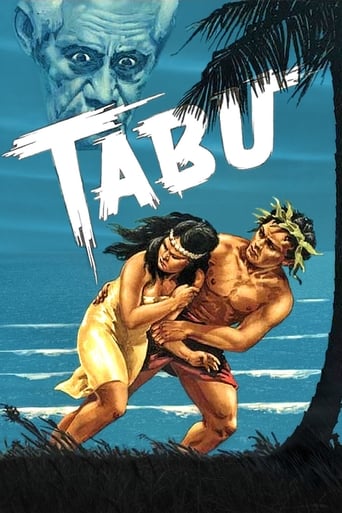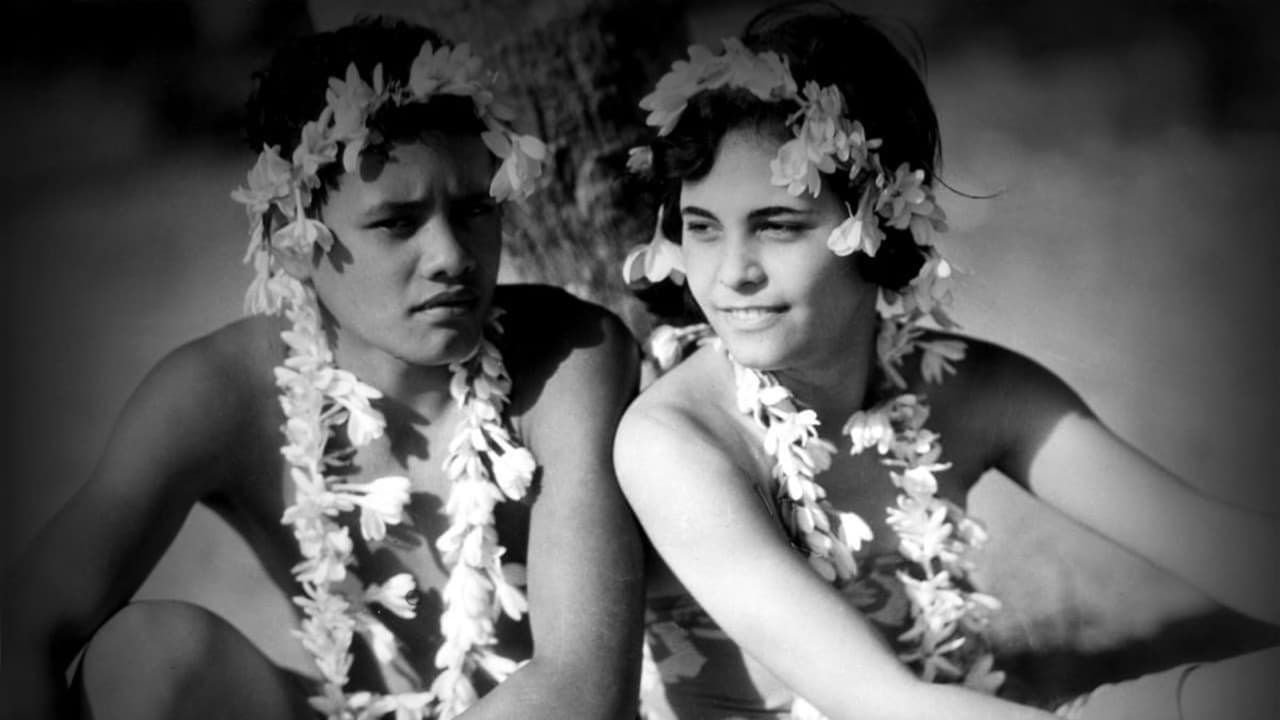Martin Bradley
Floyd Crosby's superb cinematography won him a richly deserved Oscar for F.W. Murnau's "Tabu". The film itself is a very simple, perhaps even simplistic. love story of the kind we have become accustomed to hearing since love stories first were told; boy loves girl, girl loves boy but they can't be together because, in this case, the girl is decreed to be a sacred virgin by the island chief.The subtitle of the film is 'A Story of the South Seas' and Murnau, together with Robert Flaherty, made the film on the island of Bora Bora. There are very few inter-titles so the film is, for the most part, a truly visual experience. The cast is made up entirely of non-professionals; the leads are native islanders and if often feels like a documentary rather than a work of fiction. Of course, it also feels as primitive as the lifestyle it portrays; sophistication is the one thing it lacks but perhaps that is not such a bad thing. Fundamentally this is a tale of innocence and of paradise lost and it has stood the test of time.
Klaus Ming
Tabu might best be described as ethnographic-fiction which combines Robert J. Flaherty's documentary style with F.W. Murnau visual sensibilities. The result is one of the last great silent era films. The naturalistic setting is perfectly matched by the realistic acting of the non-traditional cast, the local Polynesian people. As a tragic love story, the plot is deceptively simple, yet it is unexpectedly engaging. Murnau's expressionist background continues to be expressed through his artful use of light and shadow. His decision not to use inter-titles to explain dialogue was perhaps the most fitting to the story and the setting, leaving the majority of the plot development to the actions of the characters and the work of the camera (Klaus Ming November 2008).
Jackson Booth-Millard
This was one of the titles listed in the book 1001 Movies You Must See Before You Die, I knew nothing about it, but having this recommendation I was willing to give this silent film a go and hope for the best, from director F.W. Murnau (Nosferatu, a Symphony of Horrors, The Last Laugh, Sunrise), his last film before his death. Basically, set on an island of Bora Bora lagoon, the maiden sacred to their gods has died and has been replaced by The Girl (Anne Chevalier), and young fisherman The Boy (Matahi) is in love with her, and vice versa, despite the fact that she must stay untouched. She is tabu (taboo), and if this rule about touching is broken she and her lover will be killed, but they go against the law of The Old Warrior (Hitu) and escape to an island ruled white men, where their gods do not rule over them. Being an excellent The Boy has collected many valuable pearls from the bottom of the sea, but he does not understand the concept of money, but when The Old Warrior is chasing him and The Girl they buy a ticket to travel to a new place, using money earned from pearls collected as part of a debt from shark infested restricted waters. But The Girl goes against him and hands herself in to The Old Warrior, returning to their island to spare the life of The Boy, and trying to follow, swimming the ocean after the boat and trying to reach the island himself he dies from exhaustion. Also starring Bill Bambridge as The Policeman. I will confess that I found it a bit difficult to follow, apart from the basic forbidden love story, but all the culture disputes and activities or events going on I slipped in and out with, it certainly looks good though with the locations, so I suppose it is not a bad silent drama. It won the Oscar for Best Cinematography. Worth watching!
Prof_Lostiswitz
This is a great film, one that actually benefits from being silent. The south-seas love story could seem incredibly hackneyed, but the sensitive silent presentation makes it all seem believable. Flaherty's painstaking ethnographic research pays off, establishing that we are getting a genuine look at Polynesian village life. The roles are played by actual villagers under their own names.This was originally going to be a documentary like Nanook of the North, but Murnau got so fascinated by Polynesian legends told by the locals that he decided to incorporate them into the story. This also meant that he had to invest his own money in the film, as Hollywood would have none of it. Nowadays we think anything so beautiful couldn't be genuine, but Murnau and Flaherty seem to have constructed an accurate document.The tragic love story has its parallel in real life, as Murnau was killed in a car-crash days after the film's completion.The MTV generation is better able to appreciate silent films than the 60's crowd, so I recommend to viewers interested in something different.


 AD
AD



